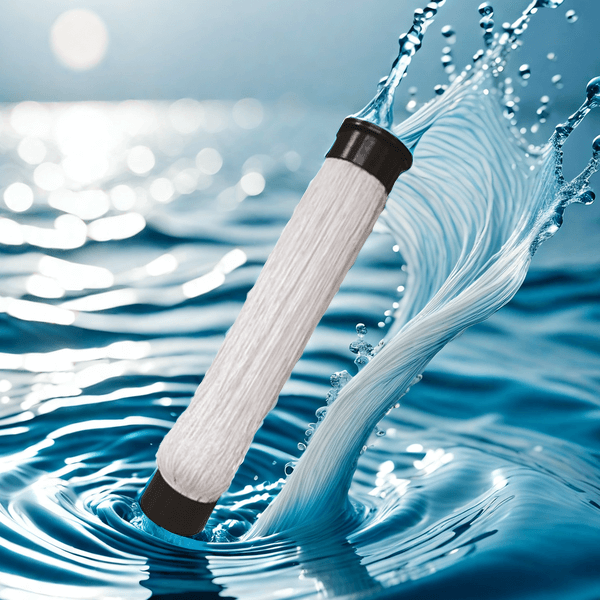What are the characteristics of MBR membrane sewage treatment process?
The MBR membrane sewage treatment process has the following main characteristics:
Efficient solid-liquid separation
The MBR process uses ultra-filtration or micro-filtration membranes to replace traditional secondary sedimentation tanks for solid-liquid separation, which can effectively intercept activated sludge and macro-molecular organic matter, greatly improving the efficiency of solid-liquid separation.
Excellent and stable effluent quality
Due to the high-efficiency interception of the membrane, the effluent quality of MBR is very good, usually COD < 50mg/L, BOD5 < 10mg/L, SS < 10mg/L, ammonia nitrogen < 5mg/L, E. coli count < 3/L, which can directly meet the reclaimed water reuse standard.
High biological phase concentration
The presence of the membrane enables the reactor to maintain a high concentration of activated sludge, improving the efficiency of biological treatment.

Small covering area
The MBR process has a compact structure, eliminating the need for secondary sedimentation tanks and other structures, and only occupies 1/3-1/2 of the traditional process.
Low sludge production
Due to the high concentration of biological phase and long sludge age, the residual sludge production is low.
Good denitrification and phosphorus removal effect
MBR has a strong nitrification capacity and can perform nitrification and denitrification at the same time, with good denitrification effect.
Flexible operation and high degree of automation
MBR equipment can flexibly adjust the process according to the influent water quality, with a high degree of automation and easy operation and maintenance.
In general, the MBR process combines the advantages of membrane separation and biological treatment. It is a new, efficient and compact sewage treatment technology with broad application prospects in the field of sewage treatment and reuse.
